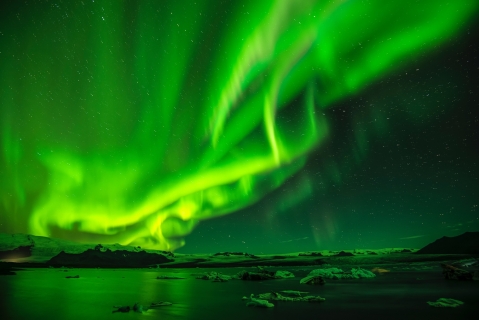Solheimahjaleiga Weather and Climate: A Comprehensive Guide
Temperatures in Solheimahjaleiga experience a moderate degree of variance through the seasons.
Days can be cold, while the cooler months tend
to be cold.
It also experiences much rain/snowfall throughout the year.
Now, let’s break down all the climate details for a clearer picture.
Average maximum day and minimum night temperature
The climate in Solheimahjaleiga experiences moderate temperature changes, with mild shifts between seasons. Average daytime temperatures reach a chilly 11°C in July. In February, the coolest month of the year, temperatures drop to a chilly 3°C.
At night, you can expect cooler temperatures, with averages dropping to around -1°C during this month.Check out our detailed temperature page for more information.
Temperature ranges by month
Precipitation and rainy days
Solheimahjaleiga has a notably wet climate with abundant precipitation, recording 3058 mm of rain/snowfall per year. Solheimahjaleiga can be quite wet during February, receiving approximately 347 mm of precipitation over 18 snowy/rainy days.
In contrast June, experiences much drier conditions, with 139 mm of rainfall, spread across 18 rainy days. For more details, please visit our Solheimahjaleiga Precipitation page.The mean monthly precipitation over the year, including rain, hail and snow
Average humidity
The city experiences its highest humidity in July, reaching 87%. In March, the humidity drops to its lowest level at 78%. What does this mean? Read our detailed page on humidity levels for further details.
Relative humidity over the year
Forecast for Solheimahjaleiga



Select a Month of Interest
Check the conditions for any month of the year.
The best time of year to visit Solheimahjaleiga in Iceland
The average rainfall figures in Solheimahjaleiga are quite high. Throughout the year, you have a chance of prolonged precipitation. So no matter what time of year you go, you will always have to deal with a high number of rainy days. This makes it more challenging to point out the best time of year to visit. Other facts from our historical weather data:July has an average maximum temperature of 11°C and is the warmest month of the year.
The coldest month is February with an average maximum temperature of 3°C.
February tops the wettest month list with 347 mm of rainfall.
June is the driest month with 139 mm of precipitation.
No idea where to travel to this year? We have a tool that recommends destinations based on your ideal conditions. Find out where to go with our weather planner.



